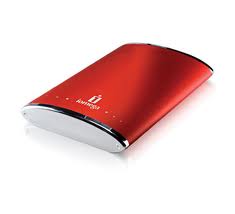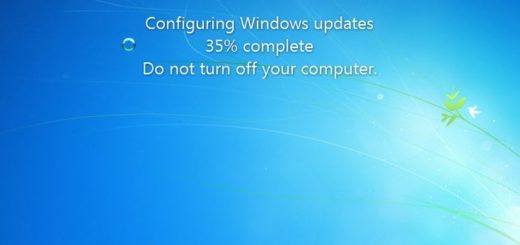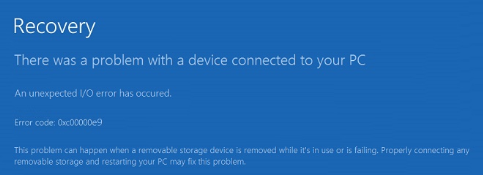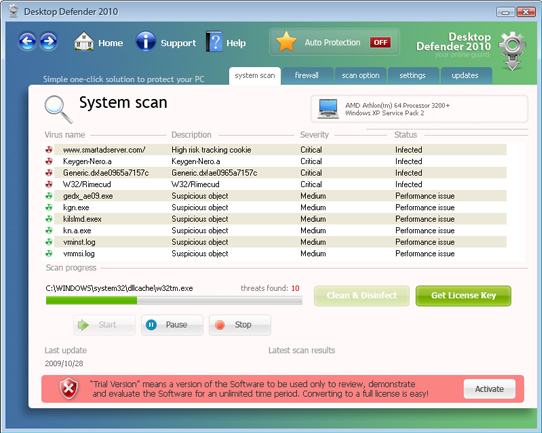Windows 7 External Hard Drive Errors – How To Make Windows 7 Read An External Hard Drive Properly
An external hard drive is a portable hard drive used primarily to back up the main hard drive and store files that are likely to be moved from computer to computer and those that take up lots of space, such as multimedia files (MP3s, photos, and streaming videos). External hard drives have their own enclosures and are connected to the CPU through the USB port. Transferring large files over USB can be quite complicated because Windows sometimes has a tendency to freeze and become unresponsive, usually a result of your hard drive not working properly. It is important that your external hard drive is working correctly in order to finish the data transfer operation. If you are encountering external hard drive errors on your Windows 7, it is an indication that your computer cannot access the hard drive properly.
Why Windows 7 Might Not Read External Hard Drives
Windows 7 contains updates that many third-party manufacturers have not yet begin to apply in their products making it very advanced and causing lots of problems to many required files and settings used to run devices not working properly. Your system needs to have USB 2.0 enabled and ensure that your PC is working with the most recent versions of drivers and all the latest software that might possibly have fixes for issues regarding Windows 7. To make sure that your external hard drive is working properly, it is recommended that you follow the steps described below:
How To Get A Windows 7 External Hard Drive Working
Step 1 – Make Sure The Hard Drive Is Compatible With Windows 7
Check your device for compatibility issues with Windows 7 by going to the Microsoft website or use this link and search your hardware through the list. If your hard drive is not included in the list, it probably belongs to the older drives which do not have functions included in the device driver to properly run under Windows 7 system. To obtain an updated device driver, go to the manufacturer’s website and download the latest device drivers.
Step 2 – Ensure You Are Using USB2.0
Most new USB devices are configured to be connected through a USB 2.0 port. Since most people use external hard drives to store large files, you need to be able to fix the problems you are experiencing by enabling USB 2.0 in your BIOS by performing these actions:
- Reboot your computer or power on your computer.
- Press “F2” or “Delete” (depends on your BIOS) during POST (Power-on Self Test) to enter the system BIOS setup.
- Select the “ADVANCED” menu using the arrow keys.
- Locate and select “USB Configuration” and press “Enter.”
- Enable “High-speed USB” option.
- Save and exit the BIOS setup program by pressing “F10“. ( Hi-Speed USB 2.0 controllers are now enabled and your operating system should detect New Hardware during the next normal boot cycle.
- Cancel “New Hardware Found” upon the next normal boot cycle.
This process should have enabled Hi-Speed USB 2.0 controllers and your Windows 7 should now be able to detect and run USB 2.0 devices without experiencing errors when you plug devices to your USB port.
Step 3 – Update Windows
It can also be possible that you are encountering external hard drive errors as a result of your Windows 7 version not being up to date. Issues with your operating system can be avoided and you can get your devices to work properly by getting the latest updates from the Microsoft. To get the latest fixes, click Start>All Programs>Windows Update and then follow the instructions provided by the update wizard. Be sure to restart your computer when you are prompted to do so.
Step 4 – Clean Out The Registry Of Windows
The “registry” of your PC is a large database system that keeps track of all the files and settings the Windows needs to run and load up files and programs. Despite playing a significant role in your system, it is continually experiencing errors with many registry keys becoming damaged and corrupted. The problems with the registry account for a significant number of errors and can be a huge source of external hard drive errors. To resolve issues with your registry, you should use a registry cleaner to scan through your registry and fix errors found inside.





